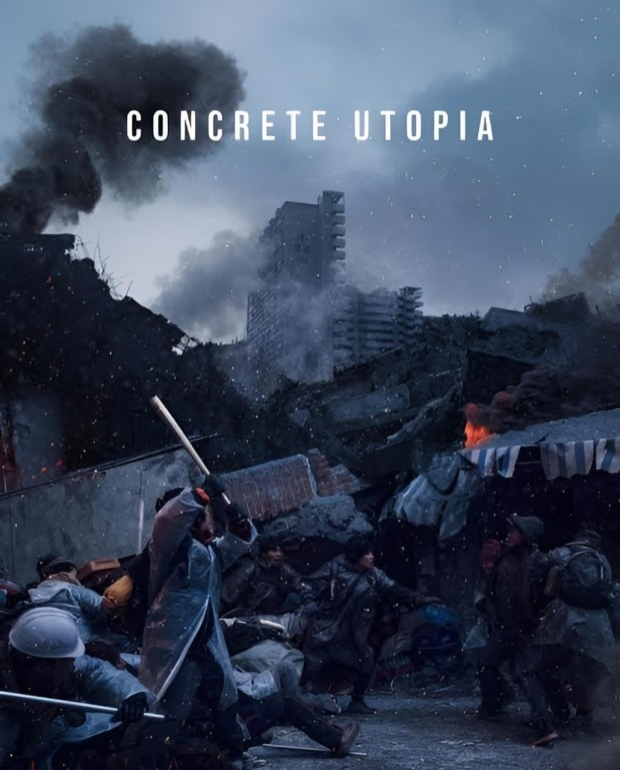K-movie ‘The Face Reader’ Review
I recently started rewatching some movies that I enjoyed in the past while writing. One of them was “The Face Reader,” known for Lee Jung-jae’s memorable appearance scene. The video caught my attention right away with its effort in showcasing beautiful classical aesthetics and pairing it with elegant, sensuous music. It made me feel the elegance characteristic of Korean historical dramas. In the first half, the engaging performances of Song Kang-ho and Goo Si-lung, portraying delicate and sleepy comic characters, along with Cho Jung-seok’s masterful portrayal, instantly captivated the audience.
The story unfolded around Yeon-hong, a gisaeng trying to navigate an unfair world, and her involvement in the physiognomy plot added depth. The intricate storyline involving Han Myeong-hoe, a bookmaker against Kim Jong-seo protecting young King Danjong, and the human drama of a genius coroner based on Grand Prince Suyang’s “Gyeyujeongnan” were harmonized skillfully, providing a sense of the intriguing historical facts. While the film generated considerable interest as a fresh Korean production delving into questions about personal agency, predetermined fate, and physiognomy in world history, it lacked a strong impact and dramatic tension due to its reliance on historical outcomes.
The narrative also carried a delicate and calm sensibility that might have felt a bit prolonged. However, a significant advantage offsetting this was the elegant and excellent harmony between emotional visuals and music, capturing the audience’s attention and allowing sustained concentration. Watching it in a theater with good sound and a large screen is crucial for the full experience. The film offered a delightful flow of small and charming dramas, portraying the violent and futile power of history, the unpredictable nature of world history, and the solemn and bitter message of Samramansang’s reasoning. It invited viewers to appreciate the mature taste of deep drama gradually.
Depending on personal taste, some may feel a sense of distance and regret due to the detailed emotional approach and the somewhat inconclusive ending. Regardless, “The Face Reader” proved to be a work titled “Purpose of Love,” encompassing wonderful seams of prologue and epilogue, and the emotional direction by director Han Jae-rim of “The Elegant World.” The stellar ensemble cast, including Song Kang-ho, Lee Jung-jae, Baek Yoon-sik, Jo Jung-seok, Lee Jong-seok, and Kim Hye-soo, showcased the beauty of artistic period dramas.

Backstories
First Appearance of Lee Jung-jae
Lee Jung-jae made his first appearance in this film wearing fur clothes that, in reality, didn’t quite match the historical accuracy. Nevertheless, the director insisted, prompting the costume team to produce them. The scene featuring Grand Prince Suyang is considered one of the best in Korean movie history, leaving a strong impression with slow-motion visuals and grand sound. The production team reportedly invested significant effort and tens of millions of won in filming this scene.
Kim Nae-kyung, A real person?
Kim Nae-kyung, a physiognomist in the movie, is a fictional character, and the exaggeration of physiognomy’s power is done for entertainment purposes. Contrary to the portrayal in the film, Joseon wasn’t a society that solely relied on physiognomy for selecting bureaucrats or catching thieves. Although Kim Nae-kyung’s skills in the movie are depicted as nearly god-like, resolving unsolved cases and exposing bureaucratic injustices by simply looking at faces, it’s a fictionalized and uncivilized representation of Joseon.
Grand Prince Suyang’s ambitions
The depiction of Grand Prince Suyang’s ambitions, especially in his first appearance, deviates from historical reality. Openly displaying ambition and provoking Kim Jong-seo would have been a political suicide given the historical context. Suyang was known for being sly and concealing his true intentions when dealing with ministers, including Kim Jong-seo.
Kim Jong-seo in Real History
The climax of the play, Gyeyujeongnan, is also adapted differently from historical events. For instance, in reality, Kim Jong-seo was struck in the head but did not die, only fainted. His son, Kim Seung-gyu, sacrificed himself, and Kim Jong-seo tried to escape but failed. Eventually, he was discovered by a Suyang faction and killed without arrest or a fair trial.
Others
- Upon receiving the script, Lee Jung-jae expressed his fondness for the role of Grand Prince Suyang, fearing it might go to someone else. There were even playful suggestions, such as Kim Hye-soo proposing to dress up as a man and play the role.
- The confrontation scene between Kim Jong-seo and Grand Prince Suyang in Gyeyujeongnan symbolizes the clash between a tiger and the Erie herd.
- The film’s running time is quite long at 2 hours and 20 minutes, resulting from more than an hour of editing. Some scenes, including one depicting the inner conflict of Grand Prince Suyang, were cut. The initial attempt was to portray Suyang as a three-dimensional villain, but it was simplified in the final cut to avoid misinterpretation. Despite the simplification, it was deemed better to prevent the risk of depicting Suyang as a clumsy hypocrite.
You may also like:
180 Cool Physiognomy Interpretations: Featuring Insights from the Movie ‘The Face Reader’


